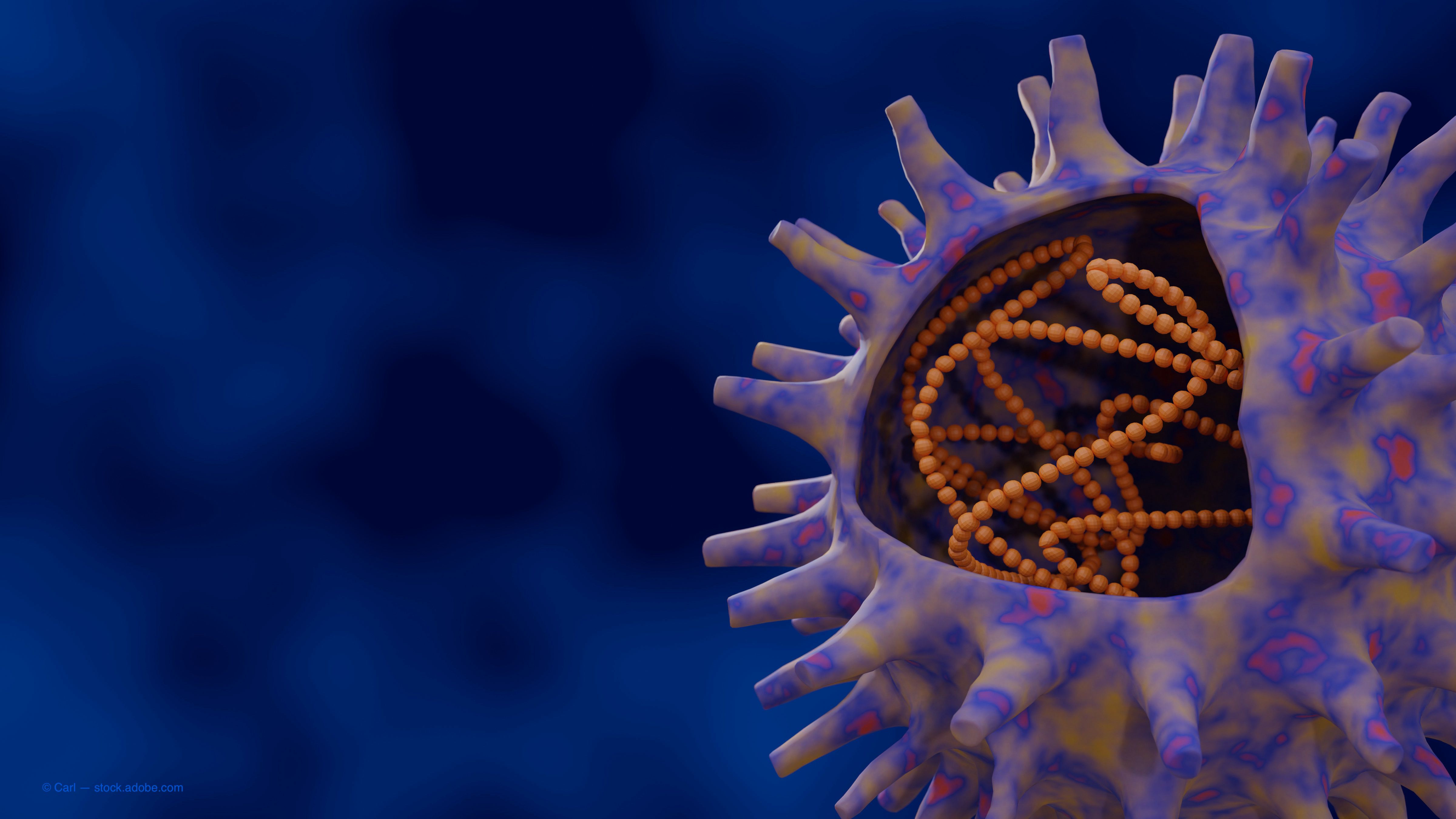News
Article
‘Long COVID’ may be linked to nerve damage in the cornea
Author(s):
A team of investigators used corneal confocal microscopy to identify corneal nerve damage in cases of long COVID.

Investigators have found that" long COVID"may actually be detectable in the eyes of patients, in the form of nerve damage that can be seen in the cornea.
"Long COVID" is the term used to identify a wide range of symptoms experienced by up to 30 percent of patients long after they have recovered from acute SARS-CoV-2 infection.
These symptoms include brain fog, headaches, fatigue, loss of taste and/or smell, and more.
According to a study,1 long COVID may be detected in the form of nerve damage that can be seen in the cornea.
Investigators pointed out that the nerve damage in the cornea can be detected by corneal confocal microscopy (CCM).
According to the study, the investigators used the technology to identify corneal nerve damage and increased dendritic cells in cases of long COVID.
They compared the results of 40 patients with previous COVID-19 infections against CCM observations of 30 healthy individuals who never had the disease.
The team, led by lead author Gulfidan Bitirgen, MD, from the Department of Ophthalmology at Necmettin Erbakan University in Konya, Turkey, noted that CCM could be used to detect long COVID through corneal scans of a subset of the COVID-19 group showing greater corneal nerve fiber damage and loss, along with higher counts of dendritic cells, than healthy participants.
"To the best of our knowledge, this is the first study reporting corneal nerve loss and an increase in DC density in patients who have recovered from COVID-19, especially in subjects with persisting symptoms consistent with long COVID," Bitirgen wrote in the study.
The investigators acknowledged that the work was a small observational study that could not confirm that COVID-19 actually caused the corneal abnormalities in the patients, the possible links show potential evidence of how SARS-CoV-2 infection may contribute to neurological and neuropathic problems.
Moreover, the investigators explained that this could be the result of potential disruptions to healthy nerve fiber development, leading to an increase in dendritic cells summoned as part of our immune response.
"These findings are consistent with an innate immune and inflammatory process characterized by the migration and accumulation of DCs in the central cornea in a number of immune mediated and inflammatory conditions," the investigators explained. "Further study of the relative change in mature and immature DC density and corneal nerves in COVID-19 patients over time may provide insights into the contribution of immune and inflammatory pathways to nerve degeneration."
The team found that the mean time after the diagnosis of COVID-19 was 3.7±1.5 months.
Patients with neurological symptoms 4 weeks after acute COVID-19 had a lower CNFD (p = 0.032), CNBD (p = 0.020), and CNFL (p = 0.012), and increased DC density (p = 0.046) compared with patients in the control group.
Moreover, the patients without neurological symptoms had comparable corneal nerve parameters, but increased DC density (p = 0.003).
There were significant correlations between the total score on the NICE long COVID questionnaire at 4 and 12 weeks with CNFD (ρ = −0.436; p = 0.005, ρ = −0.387; p = 0.038, respectively) and CNFL (ρ = −0.404; p = 0.010, ρ = −0.412; p = 0.026, respectively).
The investigators also found that the patients with more severe cases of COVID-19 often exhibited greater corneal nerve damage.
They maintained that it could be possible that the eye abnormalities found in the study stem from the way the disease presents in patients.
According to the team, additional research with a greater number of patients will be needed to follow up on initial findings, but the results offer additional evidence of how closely eye health is connected to overall health.
“Corneal confocal microscopy identifies corneal small nerve fiber loss and increased DCs in patients with long COVID, especially those with neurological symptoms. CCM could be used to objectively identify patients with long COVID,” the investigators concluded. “Corneal confocal microscopy may have clinical utility as a rapid objective ophthalmic test to evaluate patients with long COVID.”
Reference
1 Gulfidan Bitergen, MD, et al; Corneal confocal microscopy identifies corneal nerve fibre loss and increased dendritic cells in patients with long COVID, British Journal of Ophthalmology, Accessed July 26, 2021
Newsletter
Don’t miss out—get Ophthalmology Times updates on the latest clinical advancements and expert interviews, straight to your inbox.





